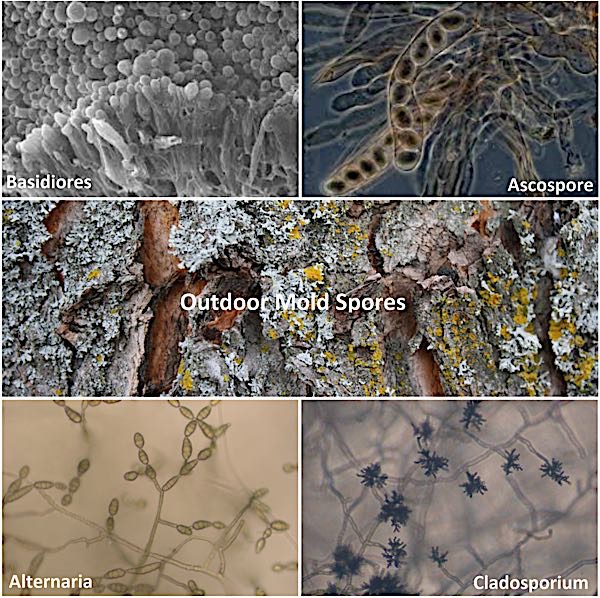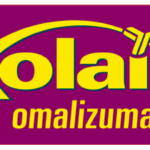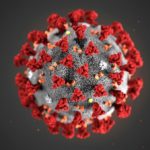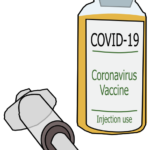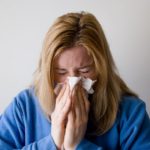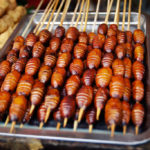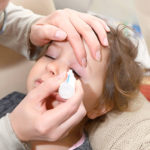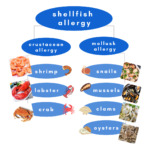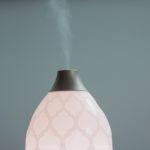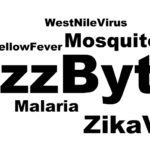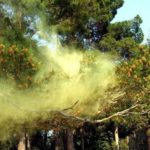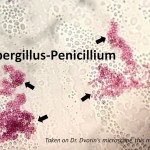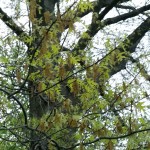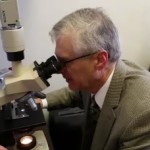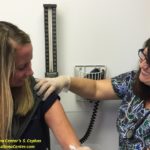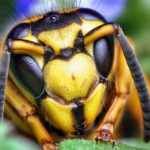allergies, allergy, allergy symptoms, Dr. Donald Dvorin, grass pollen, local pollen count, mold, mold spores, pollen count, spring, The Asthma Center, tree pollen
Rain Brings Trouble As Mold Spores Double
“Outdoor mold spores more than doubled compared to yesterday, “ reported Dr. Dvorin. “It’s the weather—the storms and the rain—and temperatures heating up.”
In the past 30 days, the National Weather Service (NOAA) recorded more rain for Philadelphia/Mount Holly, NJ than for Seattle, WA!
Rain, lightning, and thunderstorms have all been part of the “unsettled” weather patterns in our region, and Dr. Dvorin has observed quite a “rollercoaster” of volume for pollen and outdoor spore counts, all of which defy the so-called “pollen & mold forecasts” available online and by smartphone app.
Just as weather has played a role in disrupting the pollen process, today’s intensification of outdoor mold spores in the air samples are likely because mold thrives with heat and moisture. Today’s outdoor mold spore counts is over 6000 mold spores per cubic meter air/24 hours which is Very High and may provoke moderate to severe symptoms for those with outdoor mold allergy.
Outdoor Mold Spores – What are they?
Molds, also known as fungi, produce spores and other fungal particles. Our Daily Pollen and Mold Spore Count only tracks outdoor mold spores, not those that may be present in a home. Outdoor mold spores, like pollen, are airborne and become abundant in the warmer weather months. Here in the Delaware Valley, molds appear in the early spring and persist throughout the summer and fall seasons. There is no “peak” in mold spores due to their general prevalence throughout most of the year, but the highest levels are typically observed from midsummer to late fall. During winter months, outdoor mold spores reduce significantly – especially during snow cover.
It is easy to tell the difference between pollen and mold spores under a microscope. However, outdoor mold spores typically have similar appearances and are too small to tell apart. There are several types of molds in the local area: Alternaria, Cladosporium, Basidiospores, Ascospores, Epicoccum.
Tree pollen volume increased approximately 40% compared to yesterday and remains Very High and capable of provoking moderate to severe allergy symptoms.
Predominant Tree Pollens: Oak, Pine & Mulberry
Grasses increased approximately 15% and are High.
Ragweed and other weed pollens are not seen.
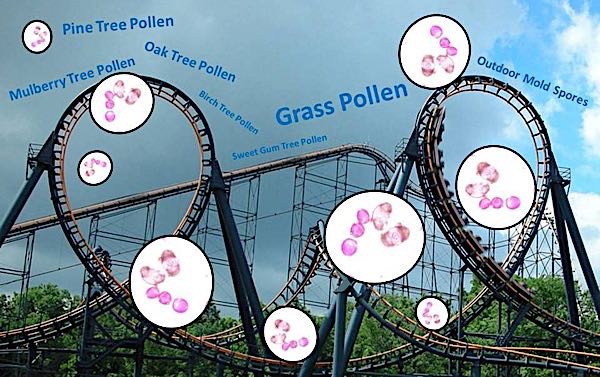
What Steps Can I Take?
Outdoor mold spore symptoms are very similar to other allergy symptoms and often require a similar treatment plan. Grasses are tied to outdoor mold spores in a very specific way. Many people think that the symptoms they experience when mowing their lawns are related to a grass pollen allergy. In reality, the reaction is due to exposure to mold spores released in the air during the mowing as well as other grass antigens.
When mowing your lawn, be sure to:
- Wear long sleeves and long pants when mowing the grass. Be sure to shower & wash your hair afterwards.
- Limit time outdoors during the early morning hours when the most pollen is released
- Sleep with windows closed and drive with windows up (Don’t miss our recent blog Shut the Door, Seal the Windows )
- Beware of tracking grass pollen into your home (kids, pets especially, newspaper sleeves, and on shorts and jackets)
- Shower and wash your hair after extended outdoor exposure
For more information on grass allergies, read: Extreme Tree + More Grass & Molds = Misery Monday
If you find you aren’t having success with managing your allergies on elevated outdoor mold spore days, it may be time to create or reexamine a plan of action with one of The Asthma Center’s Board Certified Allergists. We are still early in the season for outdoor mold spores, so don’t wait until your symptoms are at their worst to Get Relief!
Subscribe
to receive our daily counts by email or check out some of our other blog posts to learn more about what is in the air, how it can affect you, and what you can do about it.
Recent
Popular

